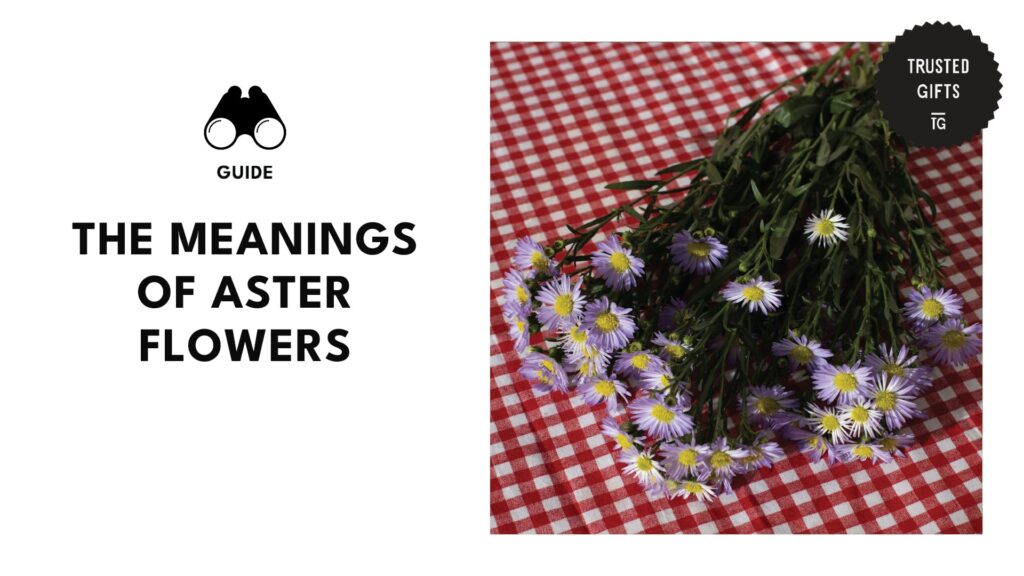Before asters became star fillers in florist shops, they were first the stars of a revolution that resulted in the independence of a nation. The flowers stood as symbols of resistance in Hungary in 1918 as protesters donned their hats with asters.
This is just one example of how aster flowers are more than mere decorative flowers in your gardens and bouquets.
Curious to find out more? Here’s a comprehensive guide on the meanings, cultural significance, and uses of asters!
How did the aster flower get its name?
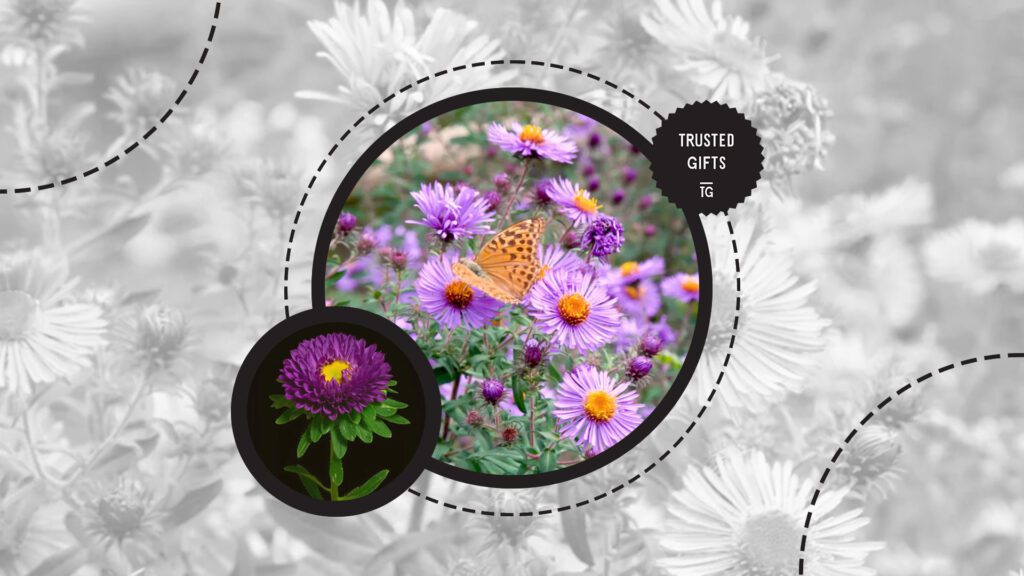

Aster flower got its name from the Greek word ἀστήρ or astḗr, meaning star. The name reflects the flower’s shape, which has radiating petals that resemble a star.
In some parts of Europe, the flower is also called Michaelmas daisies because of its association with Michaelangelo.
What is the botanical origin of the aster flower?
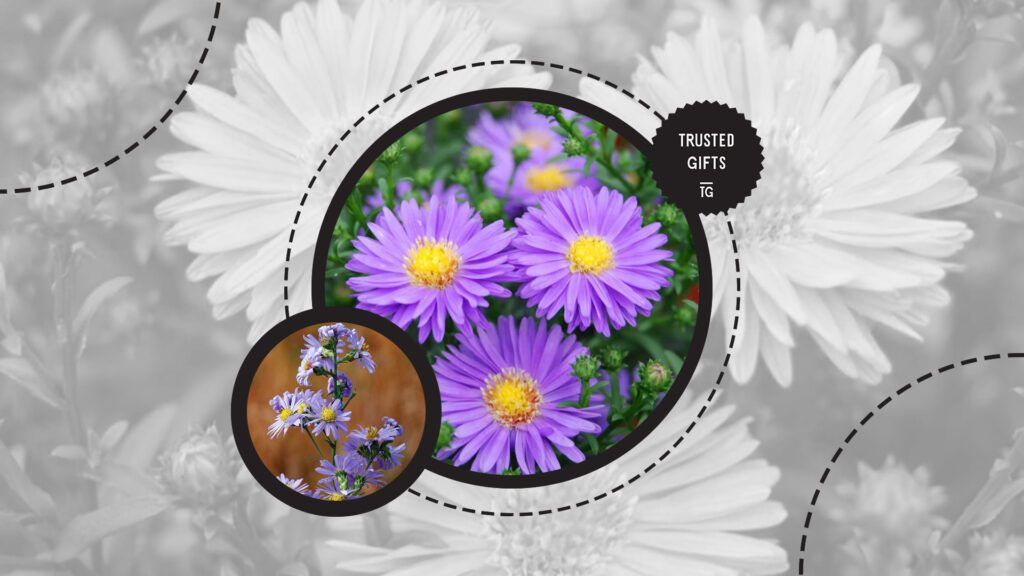

Asters are flowering plants from the Asteraceae family, like dahlias, daisies, and dandelions. They were originally from Europe and Asia but were later traded to other countries because of their popularity.
The genus used to have over 600 species but was later trimmed down to roughly 170 species after some species were moved to other genus. The move was made after molecular research revealed some species have more similarities with other genus.
Where do aster flowers grow?
Aster flowers mostly grow in meadows and prairies in Europe and Asia. That said, they can also grow in forest edges, woodlands, and alpine regions in various countries around the world.
Today, the flowers are widely grown in gardens because of their vibrant and stunning star-like flower heads.
Do aster flowers require a lot of maintenance?
Aster flowers generally don’t require a lot of maintenance to thrive. They’re among the most low-maintenance plants that can grow in almost any soil as long as they receive full sun daily.
Do aster flowers need shade or sun?
Aster flowers need direct sunlight for more than six hours daily. However, they can still survive even with just four to six hours of direct sun.
Some varieties, like wood aster, can tolerate partial shade, but they won’t produce a lot of blooms.
When do aster flowers bloom?
Asters bloom in late summer to fall, typically from August through October. This will depend, though, on the variety of asters you have, your location, and the environment in which asters are growing.
What kind of soil do aster flowers prefer?
Aster flowers thrive best in well-draining, loamy soil. That said, the flowers are not picky with their soil and can survive in most garden soil and premixed potting mixes.
When is the best time to plant aster flowers?
The best time to plant aster flowers is early spring. The following summer is the perfect time for them to develop and grow.
Avoid planting them during summer and winter as the extreme temperatures will cause too much stress on the flower. They may not be able to establish themselves because of the stress.
What do aster flowers mean?
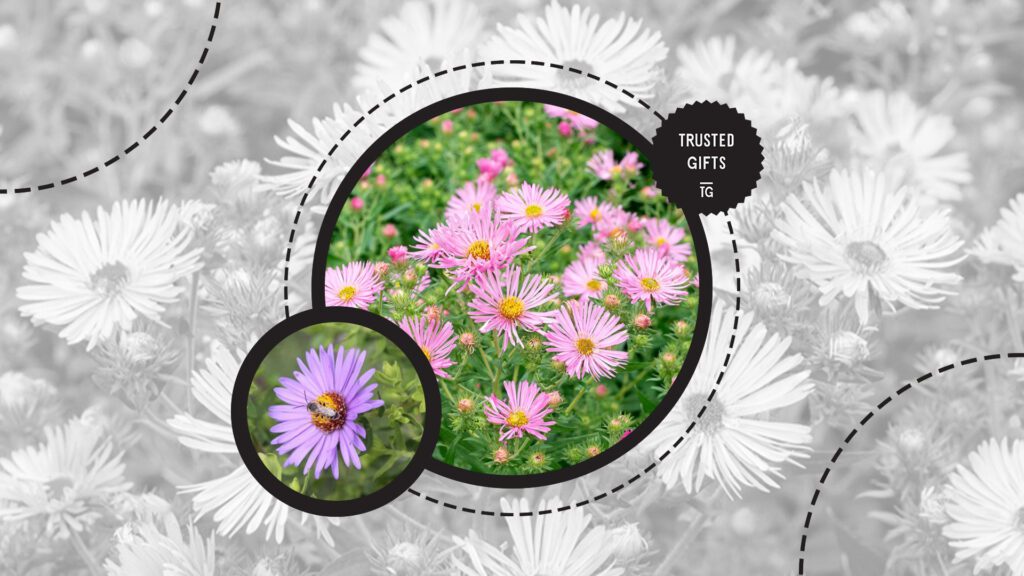

Aster flowers symbolize and mean a variety of things, including faithfulness, love, new beginnings, dignity, nobility, and resistance.
The interpretation of the flower’s meaning may vary depending on the situation, the shade of its petals, and the cultural backgrounds of both the giver and recipient.
What do the colors of aster flowers mean?
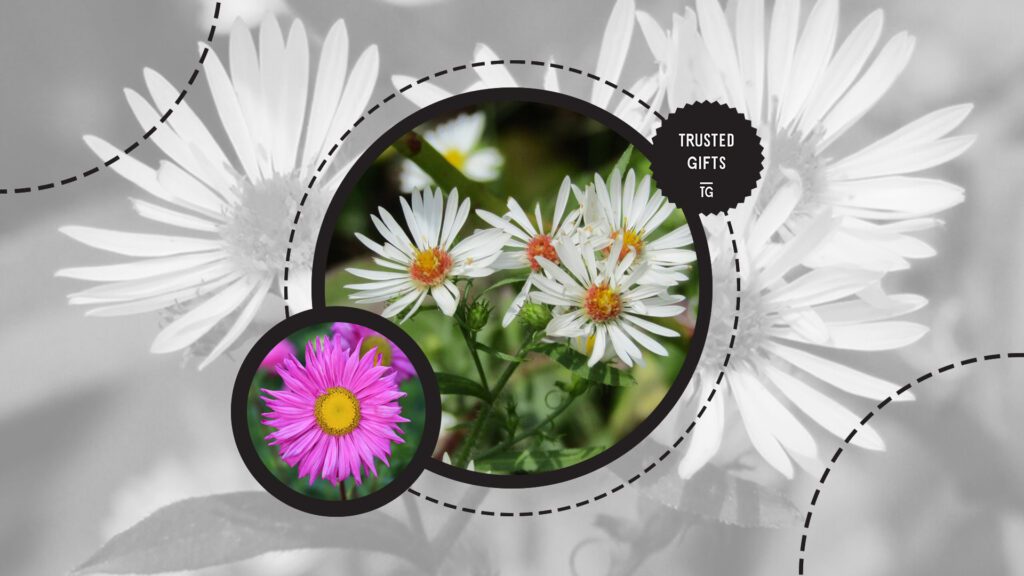

What did the aster symbolize in various historical periods?
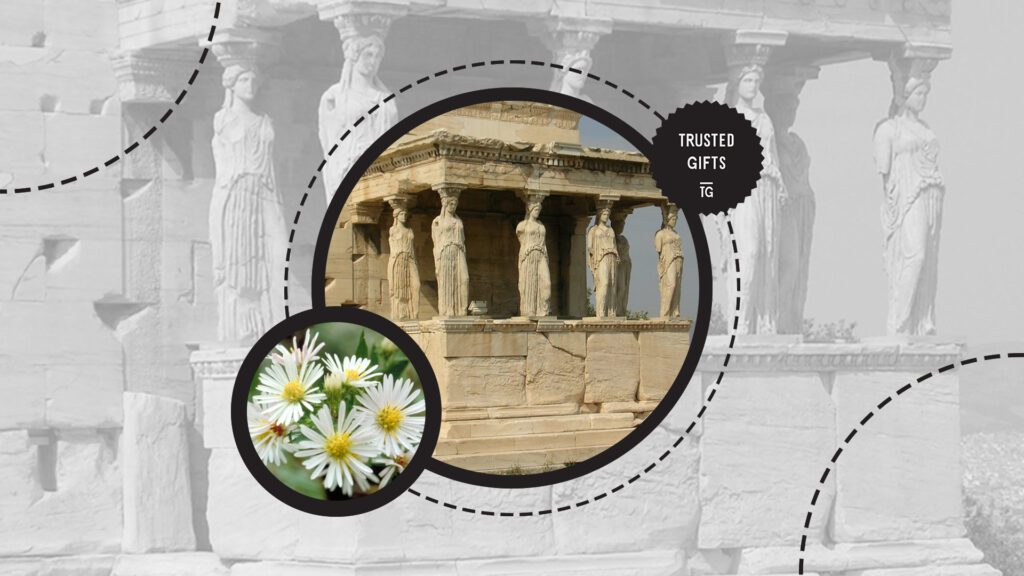

What are the cultural associations of the aster flower?


What are the spiritual or religious associations of the aster flower?


Aster flowers are considered flowers of the archangel Michael in Christianity. They’re associated with the Michaelmas, a Christian holiday dedicated to the archangel.
The association is mainly because the flowers bloom in September, the same month Michaelmas is celebrated.
Other Significant Symbolisms of Aster Flowers
Aster flowers also hold symbolisms that transcend culture, tradition, and religion. Here are some aster symbolisms that are accepted worldwide:
- Aster flowers are the official birth flower for September, along with morning glory.
- They’re the 20th wedding anniversary flower.
- They’re the Zodiac flower of Capricorns.
What are the uses of the aster flower?
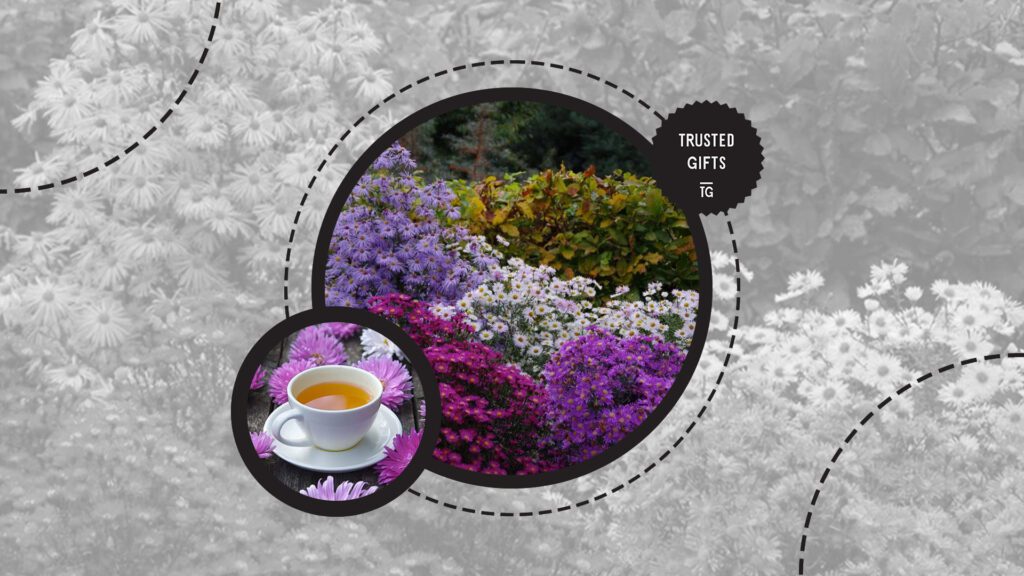

Aster flowers can be used as a garnish for various dishes, a main ingredient for teas and salads, medicine for various illnesses, and beautiful additions to garden beds.
Can aster flowers be used in cooking?
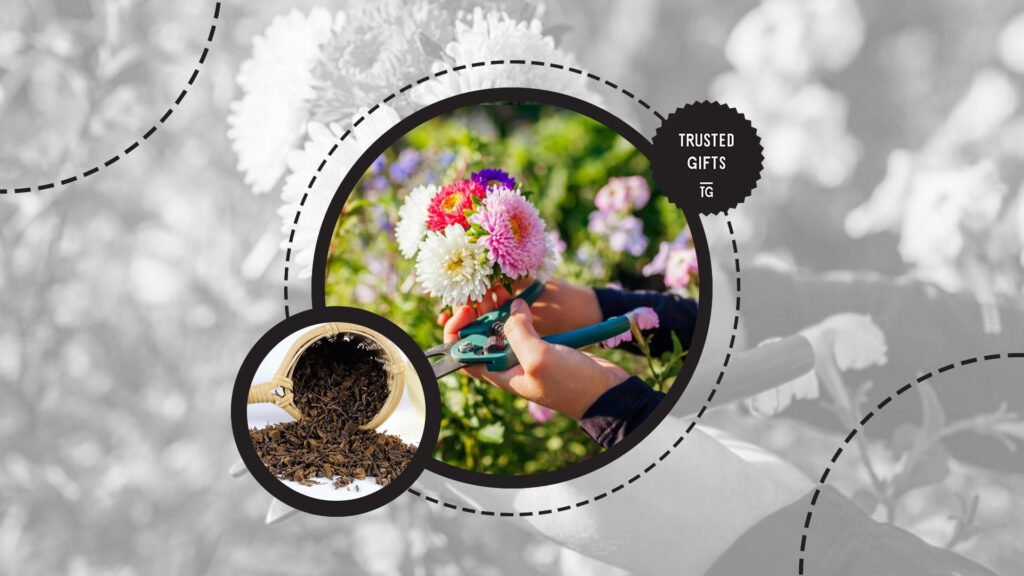

Yes, aster flowers can be used in cooking, although they aren’t a popular flower choice. They can be added to salads, used as garnishes, and dried for herbal tea uses.
The petals of the flower are edible and can be used to decorate drinks and dishes. They can also be mixed with other herbs to make tea or used as main ingredients for flower-infused syrups.
Just remember that aster flowers contain saponins, so don’t consume too much of it. You might experience some gastrointestinal distress if you eat too much of the flower.
Can aster flowers be used in medicine?
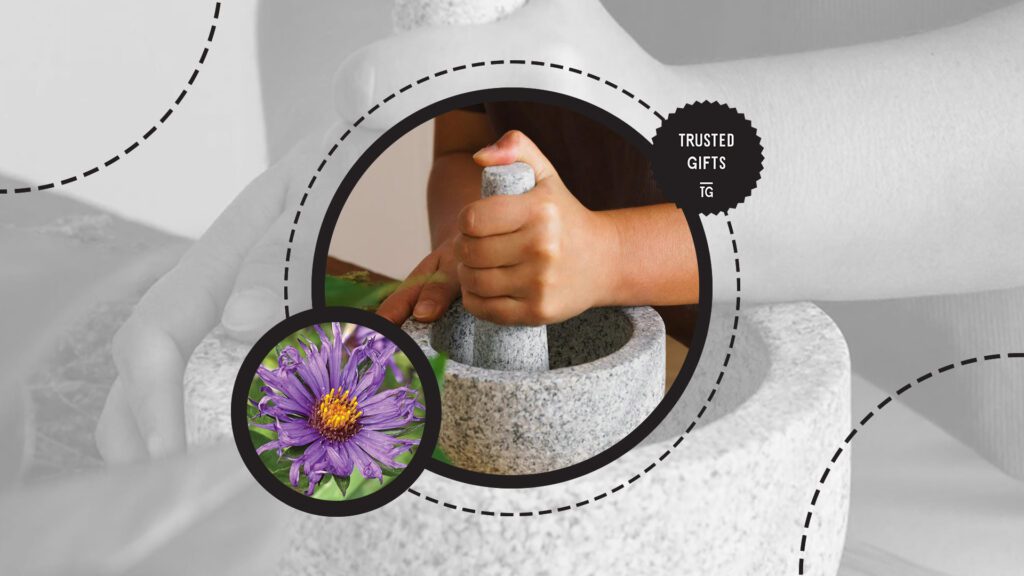

Aster flowers can be used in medicine. In fact, it was widely used in traditional Chinese medicine to treat fever, diarrhea, stomach aches, and relieve gas pains.
Native Americans also used to make laxatives off of the roots of aster flowers. Soup made with aster flowers’ roots was also used to relieve symptoms of headaches.
If you’re planning to use aster as medicine, make sure to consult with a medical professional first. The research on the flowers’ medicinal benefits is still lacking, so there’s always a risk when consuming them to treat various illnesses.
How can aster flowers be used in gardening?
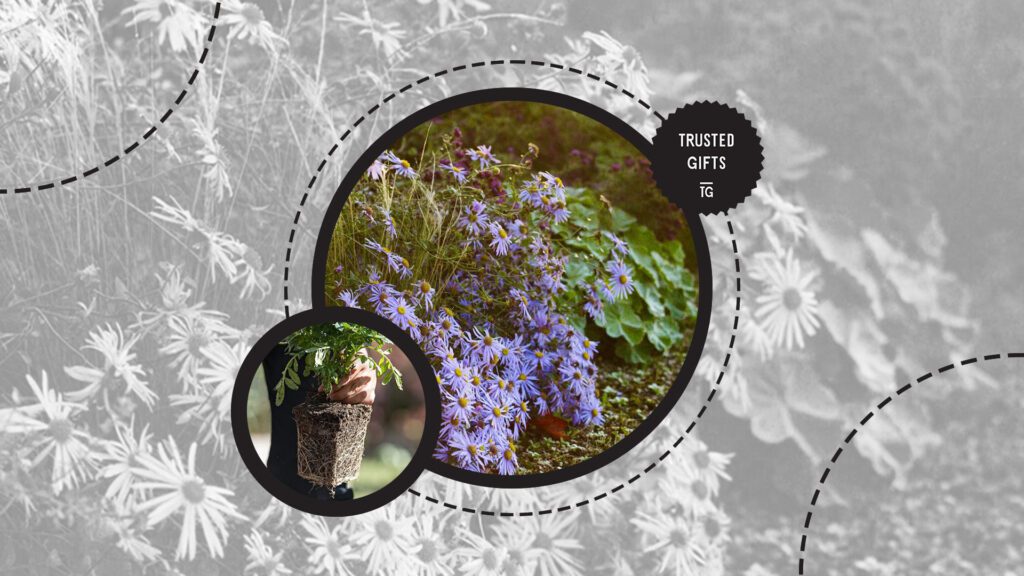

One of the many ways you can use aster flowers in gardening is by planting them on your flower bed and making them fillers. They’re fast-growing plants, so they can easily fill up the spaces in your flower bed and make it look fuller.
Aster flowers can also help other flowers and plants in your garden grow and bloom much faster. This is because they’re excellent at attracting pollinators, like bees and butterflies.

